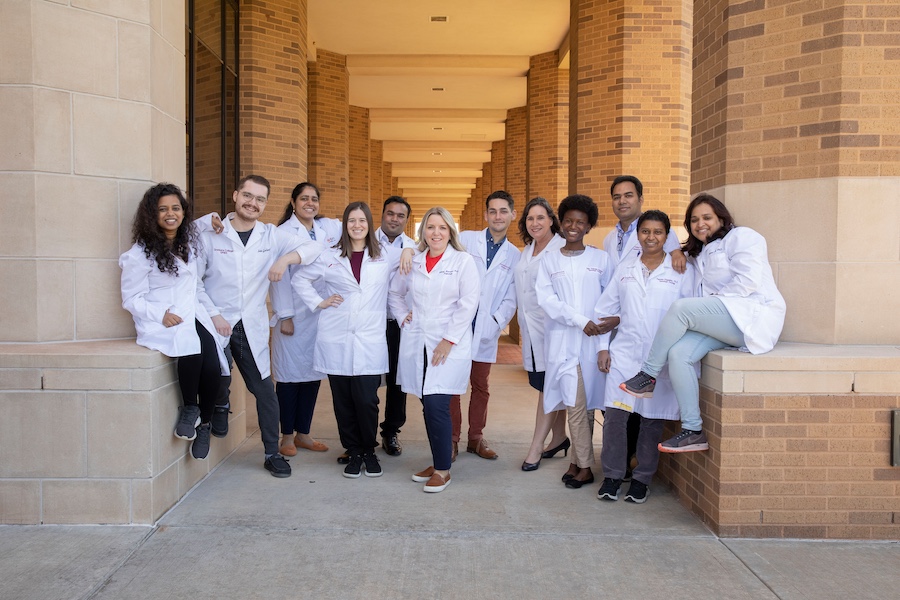(April 15, 2015) Doctors have long recognized that women with mutations in two particular genes – BRCA1 and BRCA2 – have a higher risk of breast and ovarian cancer. Now they are starting to figure out which mutations are worse than others.
They have even discovered that some of these mutations may reduce a woman’s risk of breast or ovarian cancer to levels much lower than previously thought.
The findings, published in Wednesday’s edition of the Journal of the American Medical Association, point to a future in which detailed genetic analysis helps patients customize their treatment plans.
“This study is the first step in defining differences in risk associated with location and type of BRCA1 and BRCA2 mutations,” the study authors wrote. “Knowledge of mutation-specific risks could provide important information for clinical risk assessment” that will help women and their doctors determine the best treatment for them.
Read more in the Los Angeles Times and on Medscape.


